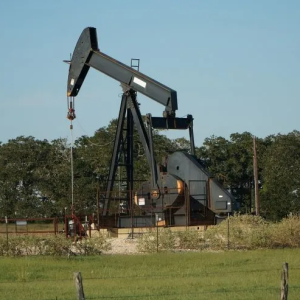-
New paper highlights differences in underground CO2 storage reservoirs
Date posted:
-
-
Post Author
ifrfadmin
-

In light of plans to use depleted gas fields as CO2 storge sites in large-scale CCS projects, a new paper evaluates their suitability as compared with traditional saline aquifers and makes recommendations.
Differences described by the researchers include the comparatively lower pressure that characterises depleted gas fields, the relative buoyancy of the CO2 injected into saline aquifers, and the storage efficiency.
In terms of the latter, for example, they report that saline aquifers have limited space for CO2 due to buoyancy and to differences in viscosity between the CO2 and the brine. This results in a storage efficiency of around 20% compared with up to 80% offered by depleted gas fields where the lower-pressure methane is easily displaced.
The researchers also compare chemical reactions and leakage risks: Whereas in saline aquifers there’s a comparatively higher risk that CO2 will react with salt minerals and form scale, this is less likely in depleted gas fields given their lower water content. On the other hand, due to the high number of wells drilled for exploration and production, depleted gas fields offer more potential leakage points.
The writers conclude that saline aquifers and depleted gas fields require different approaches due to their inherent geological and operational characteristics.
